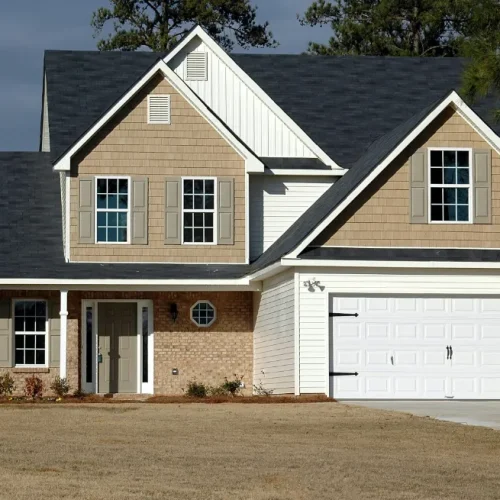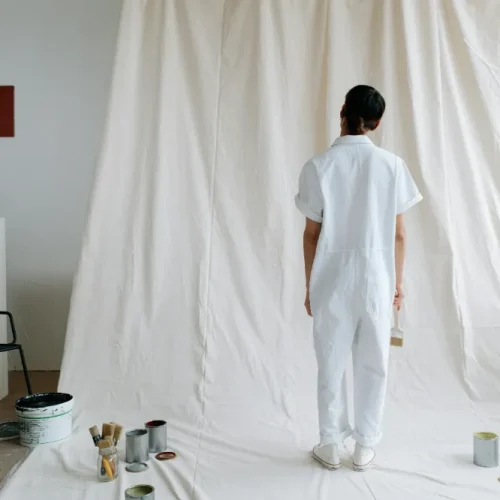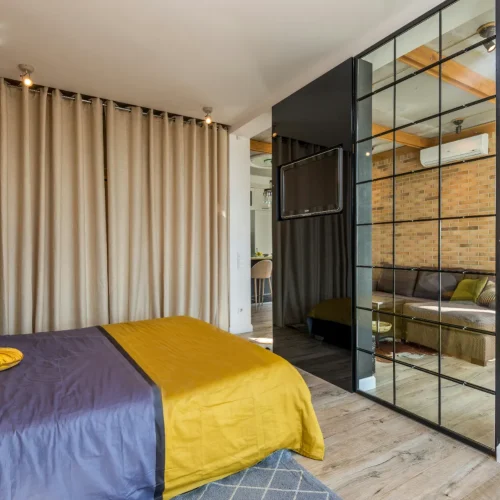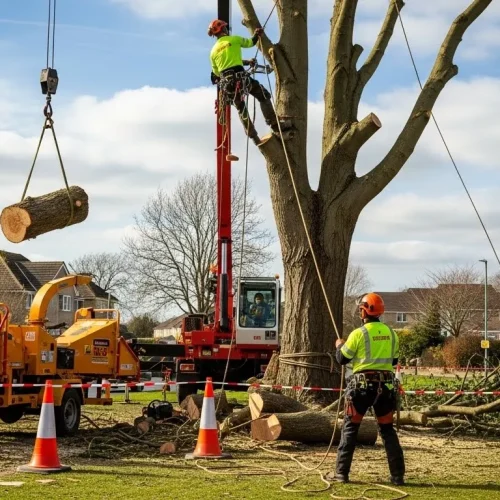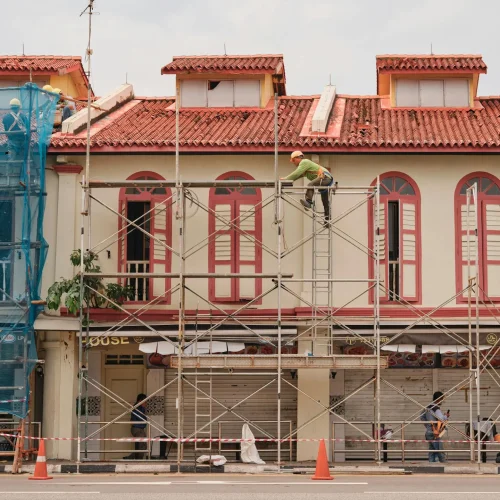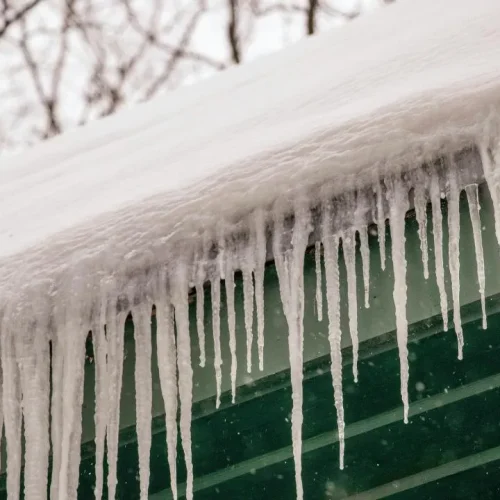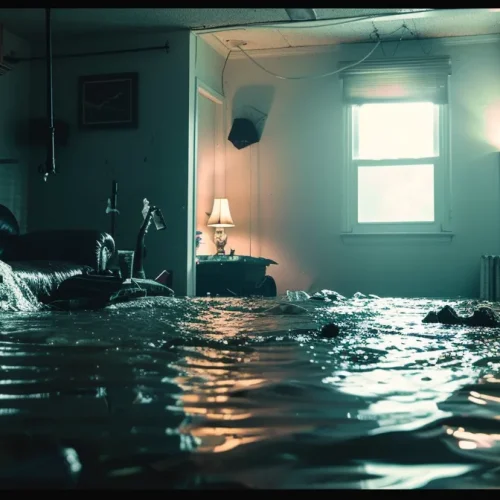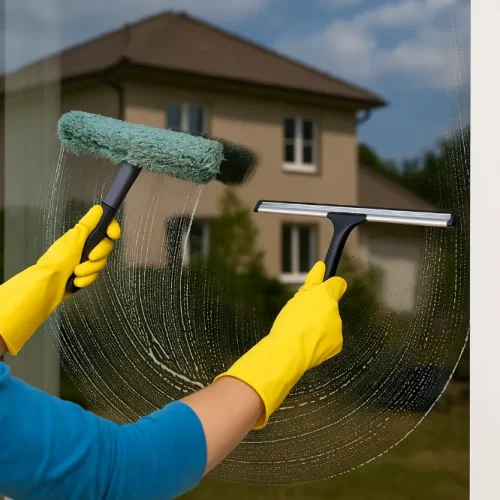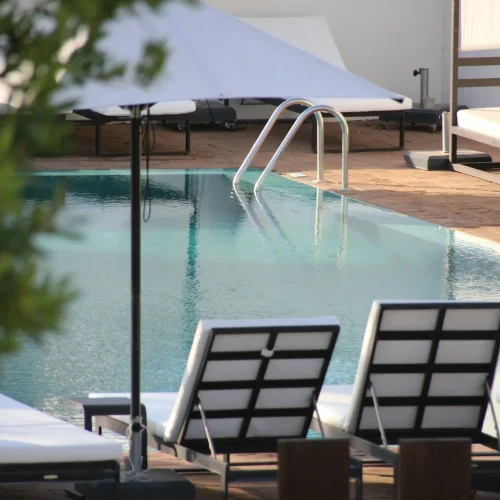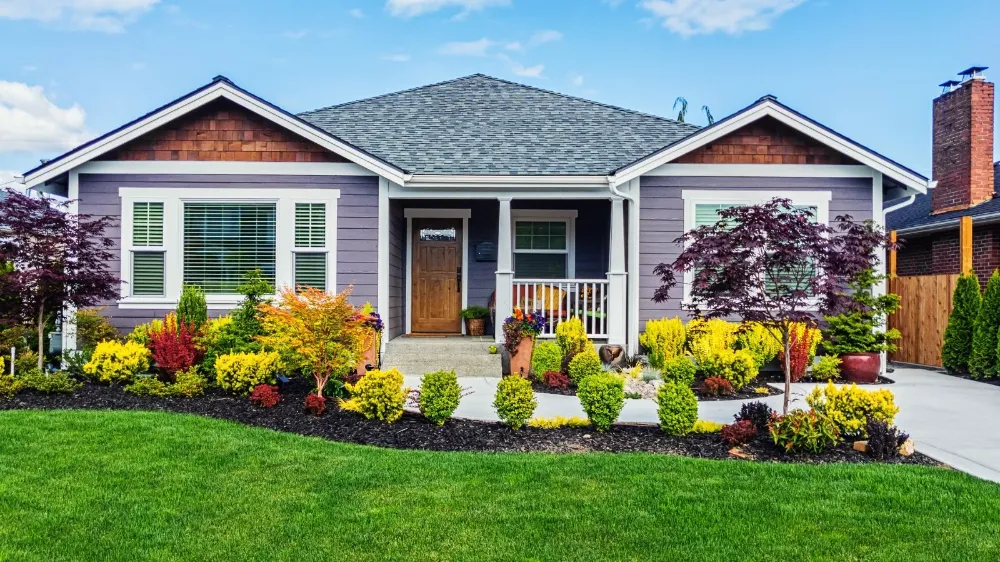
You just got the keys to your dream home or want to do a makeover in your home to give it fresh vibes. You’re buzzing with ideas like flower beds lining the walkway, tall trees for shade, maybe even a cozy corner with a fire pit. Landscaping feels like the final brushstroke that makes a house align with your soul. But here’s the thing, one wrong move in the yard can quietly undo all that excitement. We’re not talking about mismatched flowers but mistakes that could literally damage your home.
This could mean trees planted so close they’re practically cuddling your foundation, or drainage so poor that your lawn turns into a swimming pool and rainwater becomes your basement’s worst nightmare. Add in forgotten sunlight needs, oversized plants blocking views, patchy irrigation, and a design plan that’s more chaos than charm, and suddenly your “dream yard” becomes a maintenance headache. Worse yet, these mistakes can chip away at your property’s value, do the opposite of curb appeal and, if left unchecked, slowly sink your house in every sense of the word.
You don’t need a degree in landscape architecture to avoid costly mistakes, just foresight and a little know-how. This guide highlights common errors homeowners make and how to prevent your dream home from becoming a slow-motion sinking ship.
Planting Too Close to the House
That tiny sapling from the nursery may seem harmless now, but in ten years it could be cracking your driveway and infiltrating underground pipes. Even shrubs can create problems when planted against siding, where they trap moisture and attract pests. Always think long-term: allow plenty of space for roots and branches, and choose foundation-friendly plants near the house. Keep your home pest-free with trusted solutions from All American Pest Control.
Ignoring Drainage
Water must flow away from your house, not collect around the foundation. Poor grading, clogged gutters, or a lack of drainage planning can cause cracks, mold, and even water seepage into your basement. Simple fixes like re-sloping the yard, extending downspouts, or installing drains go a long way in keeping your home safe and dry.
Forgetting About Sunlight and Plant Size
That cute little evergreen won’t stay pint-sized forever, and a shade-loving fern won’t survive long under blazing sun. Ignore sunlight and growth needs, and you’re setting yourself up for disappointment. Watch how the light shifts in your yard, actually read those plant tags (yes, they matter), and leave enough room for your plants to grow into their full size without crowding.
Skipping Soil Prep
Healthy soil is the foundation of any successful landscape. Planting without preparation is like building a house on sand, it may look fine initially, but it won’t last. Poor soil conditions result in weak plants, repeated failures, and wasted money.
Always test your soil’s pH and nutrient levels with a simple DIY kit, enrich it with compost or organic matter, and break up compacted areas to allow roots to establish properly.
Bad Irrigation (or None at All)
Watering by “vibes” is a recipe for plant disaster. Too much and roots rot; too little and everything wilts. Smart irrigation like drip systems or soaker hoses keeps things consistent. Group thirsty plants together, mulch to lock in moisture, and stop playing guessing games with the hose.
No Plan for Design
Grabbing whatever looks pretty at the nursery and plopping it in the yard feels fun in the moment… until you step back and realize your yard looks like a plant yard sale. Without a plan, you’ll end up overspending, overplanting, and over-maintaining. Instead, sketch out a simple plan, layer tall, medium, and low plants; stick to a color palette; and think about how everything will look together in a year or two. Cohesion now saves chaos later.
Letting Ivy Cling to Your Walls
Ivy-covered walls may look charming, but they can cause serious damage. Ivy attaches with small rootlets that dig into cracks and hold moisture against the wall. Over time, this accelerates rot, weakens mortar, and can even loosen bricks, especially in older homes.
For safer alternatives, grow ivy on trellises or pergolas, or choose non-invasive climbers like clematis or climbing roses to add greenery without risking your home’s structure. If ivy is already established, remove it gradually and with care, as pulling it away too quickly can damage the wall surface.
Poorly Sloped Paved Surfaces
Every home has paved areas, driveways, walkways, and patios, but poorly designed surfaces can quietly damage your foundation. When they don’t slope properly, water doesn’t drain; instead, it pools, seeps into the concrete, and creeps toward your house, gradually weakening it.
Over time, that “small puddle” becomes a big structural problem. The fix? Build with runoff in mind. If grading isn’t an option, use retaining walls or subtle redirects to guide water away. Think of it as traffic control for rain, and your house will thank you. And if the concrete surface is already showing wear, it may be time to look into getting the problem fixed by professionals.
Forgetting About All-Season Interest
A yard that only shines in May and looks dead by December might not physically crack your foundation, but it can slowly sink your home’s value and appeal. Landscaping is about creating beauty and balance through every season. If your garden peaks in spring and collapses into a gray wasteland the rest of the year, buyers, neighbors, and even you will start to see the house itself as less vibrant. That curb appeal dip can translate into a real drop in value. The fix? Mix in evergreens, ornamental grasses, and staggered bloomers so your landscape stays lively year-round. Think of it as insurance against your house “sinking” into the background come winter.
Not Edging Your Landscape
Skipping edging may not sound like a big deal, but it’s the kind of “small leak” that slowly sinks the ship. Without a clear barrier, grass roots creep into your flower beds, mulch spills onto the lawn, and your tidy garden starts looking messy. Over time, all that creeping growth can trap moisture near your foundation, invite pests, and make your landscaping feel like it’s swallowing your house instead of framing it.
A clean edge works like a shoreline as it defines boundaries, keeps things in their place, and makes the whole yard easier to maintain. Steel edging, for example, is flexible enough for curves, sharp corners, or straight lines, and once installed, it quietly protects your beds for years. Think of it as the bulkhead that keeps your dream home from slowly being overtaken by chaos.
Color Overload
Your house should be the star of the show, but a yard exploding with random colors can drown it out completely. Too many competing hues create visual clutter, which distracts from the architecture and makes the whole property feel overwhelming. It’s the landscaping equivalent of noise pollution where instead of harmony, you get confusion.
And here’s the kicker: when your yard feels chaotic, it drags down curb appeal, which in real estate terms is like poking holes in your home’s value. To avoid “sinking” your house behind a riot of mismatched blooms, stick to a simple palette of two or three core colors, and let a few accents shine. Perennials give you structure, annuals let you play with variety, and evergreens keep your yard alive in winter. Done right, your landscaping won’t compete with your house but it’ll lift it up.
The Big Picture
The common thread here? Landscaping is about the balance of looks and function. Planting without a plan, paving without proper slope, or watering without strategy doesn’t just create more yard work but puts your home itself at risk.
So dream big with your landscaping goals but just make sure your plans won’t secretly sink your house. A professional landscaper (or even just a consultation) can save you thousands by steering you away from rookie mistakes. They’ll help you design a yard that fits your house, your lifestyle, and your budget while protecting your home’s foundation and value.


